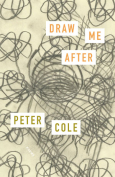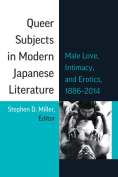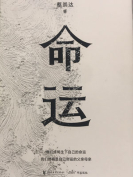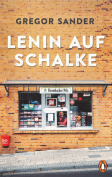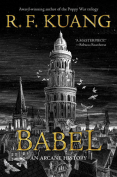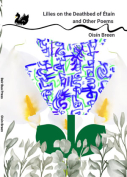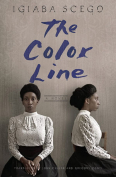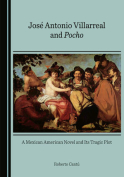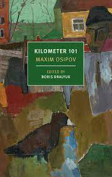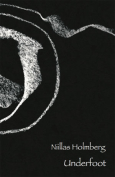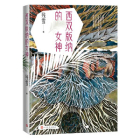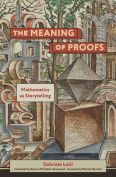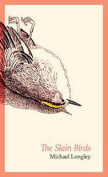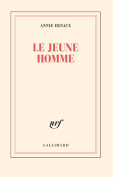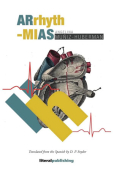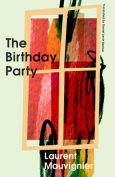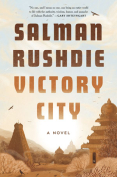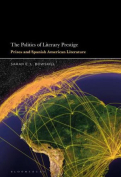The Piano Tuner by Chiang-Sheng Kuo
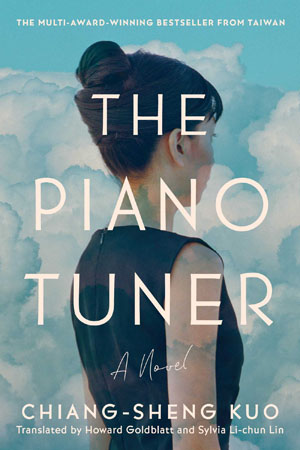 New York. Arcade. 2023. 168 pages.
New York. Arcade. 2023. 168 pages.
“In the beginning, we were souls without bodies.”
So begins the origin myth that launches Chiang-Sheng Kuo’s multi-award-winning, best-selling novel The Piano Tuner, newly translated into English by Howard Goldblatt and Sylvia Li-chun Lin. Per this creation myth, God wished to give the souls a mortal form. God was only able to trick our souls into entering bodies by having angels play music so enchanting that we wished to have ears so that we could hear it. The unnamed narrator—and titular piano tuner—uses this creation myth as a recurring motif throughout the novel. This myth serves as both a suggestion of a universal connection between music and our truest selves as well as an exploration of the human pursuit of the divine and the absolute.
This poetic opening swiftly leads to the introduction of Lin, a handsome, older, self-assured, and self-made businessman, who contrasts the nameless middle-aged narrator’s balding appearance and lack of socially respected ambitions. The narrator reveals early on that he was a musical prodigy who long ago forfeited any ambitions of being a concert pianist; after briefly dabbling with teaching, he realized he preferred the solitary nature of tuning, a decision that is misunderstood by others, who assume that he simply had no potential as a performer or teacher. Though the book is written from the humorously self-deprecating narrator’s perspective (“I have enough self-awareness to know that I’m not the protagonist”), this narrator curiously has access to Lin’s private thoughts and opinions, such as Lin’s belief that the piano was an inherently masculine instrument, despite both his wife’s love for the instrument and the cultural expectation, as described by the narrator’s observations of Lin’s social circles, that all marriageable young women learn to play the piano passably. The book begins in the aftermath of Lin losing his much younger wife, Emily, an aspiring concert pianist with an already robust career as a piano teacher. From his position as the piano tuner for the couple’s music studio, a position that not only gave him intimate access to Emily’s thoughts on music while she lived but also continued access into Lin’s living space in the aftermath of her passing, the narrator becomes “an audience of one to [Lin’s] grieving process.”
Though The Piano Tuner is premised on grief and on failed ambitions, at its most distilled, it is a love letter to music generally and to the piano specifically. The book is filled with anecdotes that seek to explain what makes music so appealing. These anecdotes vary between the rational, such as the didactic explanation that “each piano string is under 160 pounds of pressure, which comes to approximately twenty tons of pressure for all 230 strings”; to the poetic, such as the sentence immediately following, which personifies the piano, describing the “painful tension” that the instrument must withstand to create such a “melodious timbre.” This idea of tension extends to the narrator’s views on the piano itself, which exists as both machine and artistic collaborator. The narrator waxes poetic on the artisanal process involved in constructing a piano, suggesting that the many hands involved result in a unique identity to each instrument, a soul, that cannot be replicated. The narrator simultaneously finds this sentiment, though alluring, to be problematic. When he embarks on launching a used piano business in partnership with Lin, he frets as to whether reconstructed pianos maintain their soul or if they instead feel schizophrenic.
As a book in translation, the parallels drawn between music, literature, and translation are taken to new heights. As described by the narrator, a good tuner and a good narrator, or storyteller, both require precision and moderation, an ability to “find the right focus and pace [while refraining] from embellishment.” A certain level of invisibility. The narrator muses that just as a good musical performance is remembered only by its performer and its composer but a bad performance may be blamed on the tuner, so can a bad story be blamed on the narrator. This is also true for the translator. In this case, the hard work of Goldblatt and Li-chun Lin is easily overlooked when reading The Piano Tuner, which shines with smooth, lyrical prose. Aside from certain cultural asides, such as emphasis on the perceived gendered nature of various instruments or on the largely sinophonic concept of “face,” it is easy to forget that it is a book in translation given its natural prose style and focus on Western music. It’s in the moments where the narrator likens his job as a tuner to that of a translator—or as a mediator working to negotiate the pianist’s artistic vision with the limitations of the piano itself—that the reader is reminded of the lingual origins of the book.
For a tuner, or a translator, there is no perfect outcome. There will always be things that can be tweaked or improved. Just as the piano tuner is a collaborator helping the pianist to pursue the best possible rendition of a composition, the translator seeks the perfect translation, guided by the original writer’s intentions. The Piano Tuner is a reminder that all forms of art—be it visual, auditory, or written—cannot, given the inherent variability and imperfect nature of human perception, achieve an absolute state of perfection. But also that this knowledge does not prevent artists, or their overlooked collaborators, from the pursuit of that divine absolute.
Lauren Bo
St. Louis

